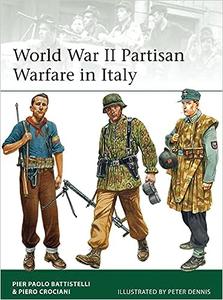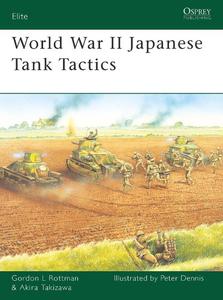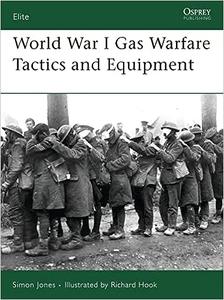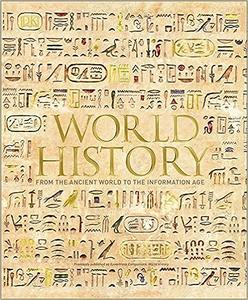Oct
05
2023
World War II Soviet Armed Forces (3) 1944-45
kenn 5 Oct 2023 21:12 LEARNING » e-book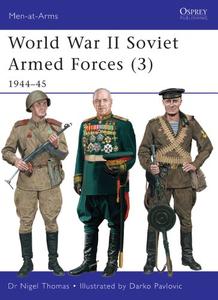
Free Download Nigel Thomas, Darko Pavlovic, "World War II Soviet Armed Forces (3): 1944-45"
English | 2012 | pages: 50 | ISBN: 1849086346 | PDF | 2,0 mb
This book presents a detailed analysis of the Soviet armed forces during the final days of the war, covering the soldiers that successfully turned the tide against the Nazi onslaught and pushed it back into Germany itself. This final part of the series documents the Red Army's push through Germany to Berlin, which eventually culminated in the surrender of the German forces to the Allies in 1945. It also offers a detailed breakdown of all the armed forces that conducted the offensive campaigns on the Eastern Front, including the army, air force, paratroopers, navy and NKVD troops. It also reveals in colourful illustrations the uniforms and organizations of the Russian forces serving against Japan until the eventual surrender of all Japanese Imperial forces in August 1945.

